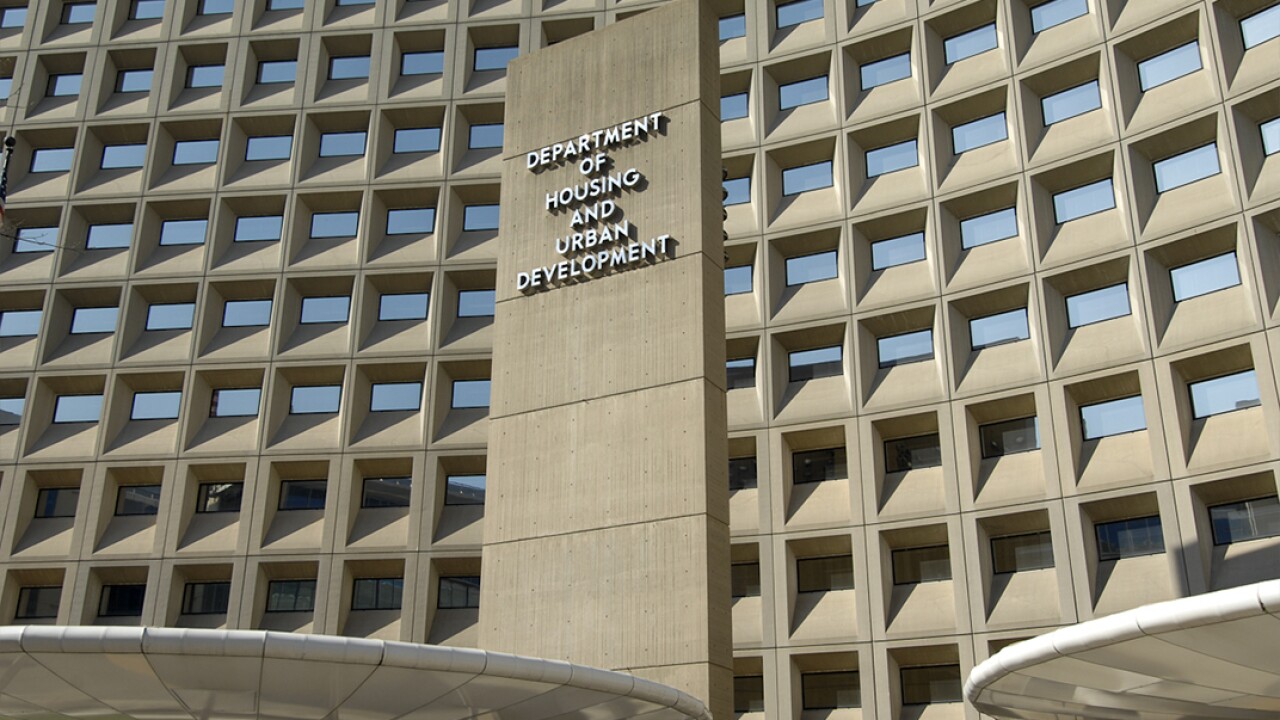Renters were far more likely than homeowners to miss their scheduled housing payment in September and October as pandemic-related stimulus,
Since this past spring, the share of renters that missed, delayed or reduced their monthly payment trended up, but the pattern for mortgage payments largely trended down, except for October, according to the MBA's Research Institute for Housing America examination of Understanding America Study data. The study was a follow-up to an analysis released in August, which found the
"The economy and
Renter missed payments went from an 8.6% share in July to 9.6% in September and 10.9% in October. On the other hand,
However, the average missed rent payments in dollars were consistently lower than the average missed mortgage payments. Since the onset of the pandemic in the second quarter of 2020 through this October, missed rental payments were estimated to be $52.5 billion, and missed mortgage payments totaled $83.9 billion.
But in the last three months for which data is available, the total missed rental payments was higher versus the unpaid mortgages, $8.17 billion versus $5.56 billion.
Missed rental payments can translate into higher multifamily mortgage delinquencies. The latest data from Fitch Ratings, which only measures loans placed into commercial mortgage-backed securities, put November's multifamily delinquent mortgage rate at 44 basis point,
“Multifamily performed better than expected during the downturn, and Fitch expects that to continue,” said Melissa Che, senior director, commercial mortgage. “Multifamily mortgages securitized in Fitch-rated conduit CMBS and Freddie Mac transactions are typically 10-year loans backed by properties with historically strong performance.”
In April 2020, the multifamily delinquency rate was at 41 bps, but by October of that year, it was up to 72 bps, and one month later the rate was 74 bps.
"The overall economic outlook looks brighter but still greatly depends on the course of the virus," said Edward Seiler, RIHA executive director and the MBA's associate vice president, housing economics. "Continued job growth and wage gains — especially if they can offset inflation — are key to helping those households that are still facing hardships."





